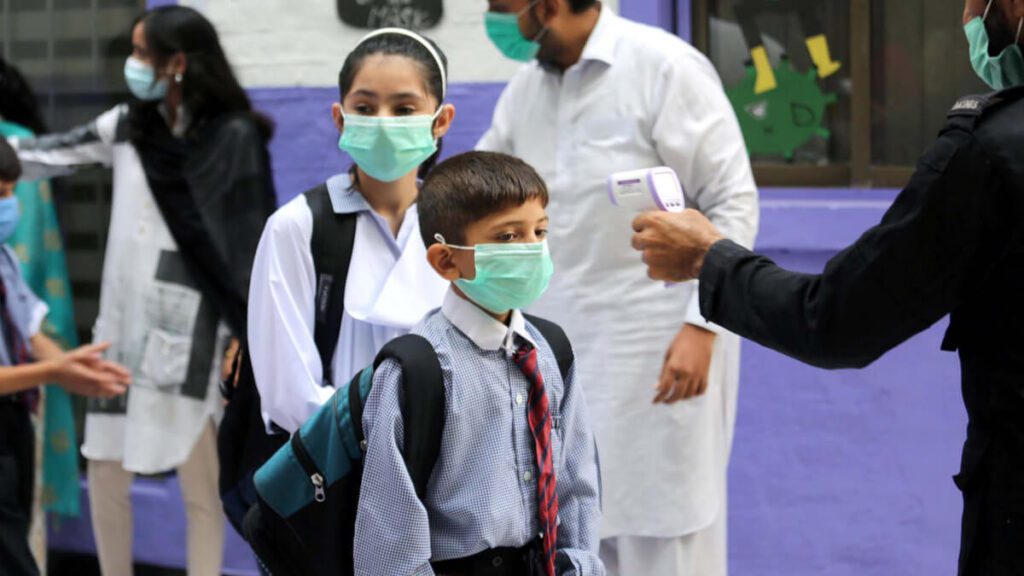
Over 300,000 schools have been closed since March because of the Coronavirus in Pakistan. Students at private schools were lucky as they were able to continue learning through digital applications and platforms, however for millions of others, the essentials of a connected life – internet and smartphones – remain out of reach.
With education already being a problem in Pakistan, and with the country having 22.8 million out of 70 million children out of school, Coronavirus in Pakistan has exposed the technological inequalities of the country. More than 50 million school and university students are now at risk of falling behind on their education. Hundreds of students have protested against the government’s decision to hold classes online, even though poor internet services are still a major issue.
Home broadband is rather expensive outside Pakistan’s big cities, and smartphone penetration currently stands at 51%, with only one million school aged children having regular access to digital devices and bandwidth. However, 40 million Pakistani children do have access to a television, which has prompted the government to kick off its coronavirus distance learning strategy with a dedicated TV channel called Teleschool. The channel also runs on state owned PTV Home that has a subscriber base of over 54 million users, and broadcasts content for grades 1-2.
Coronavirus in Pakistan has also deepened concerns of parents as the forced hiatus has grown from weeks to months. Schools were set to reopen in the middle of July but government has decided they may open in the middle of September, that is, if coronavirus figures improve. Meanwhile, online content is starting to run out. Teleschool only has enough content to last until the middle of July, and it is proving difficult to quickly launch new learning applications. That’s why educational technology entrepreneurs are seeing the pandemic as an opportunity for expansion and growth.